Interview
Interview: Marek Silka
In conversation with artist Marek Silka, a self-taught artist, originally with a background in social work, who now lives in Baden-Württemberg in Germany.
Can you talk about your journey into or interest the arts?
Retrospectively, I identify a special and small picture, I drew in 1985 as a child. This picture shows a kind of scribble. Back in the days, I chose a typical, natural scene and showed a spider which constructs its cobweb. From today’s perspective, I tried to capture a very small but for me significant moment of a very common natural structural principle. I never drew another picture, but my interest in these kind of structural principles in nature increased.
During the years and until today, I still focus on capturing or maybe freezing single moments of complex, natural processes like the designing of cocoons and I found a suitable way of expression beside painting.
Do you use a sketchbook? I’m interested in what a sketchbook means to you and your work?, or how people develop their ideas.
If I had a sketchbook, my small picture of this above-mentioned spider would surely find its place there. Basically, I like the idea of capturing moments of ideas. I also like the idea of sharing these thoughts with other people, so I define my Instagram account as a kind of open and public sketchbook. Some ideas I show there, are still in an early period of development, fragmentary or exploratory. Based on this digital, common platform, I refine my basic approaches or even take leave from already sophisticated models.
For me, using my Instagram account is like flipping through a manual sketchbook.
Your works are very sculptural in form, and invite contemplation. What are you exploring and trying to communicate through your work?
I already mentioned this basic and continuing attempt to capture single moments of natural structural principles like the design of cocoons and show them in my pieces. Not many people know this special process in nature and still less people show interest in Bombyx Mori (the domestic silk moth), which influences my relationship to nature and also my culturally shaped position or viewpoint. In my opinion, the importance or significance of Bombyx Mori at the transition of nature to culture and culture to nature is invaluable. In my work, I try to blur the line between nature and culture and I declare Bombyx Mori as a kind of pop star with all the consequences arising out of that.
Can you talk about your process of working. How do you work, how often, is there a particular pattern?
I work in my tiny studio as often as possible. Most of the time, I’m experimenting. That means, that I curve or flex different materials like industrial steel, examine the impact of various industrial patterns and figure out possible ways to combine and fix different materials.
Sometimes, a small model gets formed. In this early stage, some models find the way to Instagram and become part of this public sketchbook. As a result of a permanent contemplation with these models, I change forms and colours until the work is done for me. Then this process starts again.
Do you find the process of creating work relaxing or therapeutic? I’ve become increasingly interested in the relationship of the sketchbook and the work to the artist.
For sure, my creative process is therapeutic and I would say that nature has the role comparable to a therapist. In my work, I’m looking for attachment and resonance, two concepts, I explore at the blur line between nature and culture. My digital sketchbook assists me in this daily experimental search.



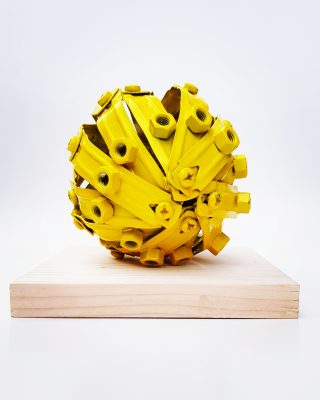

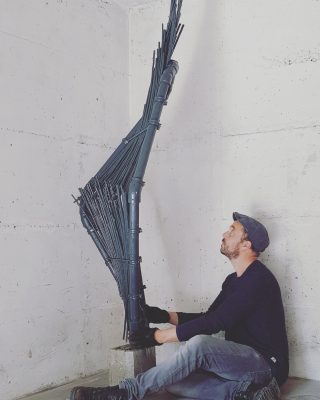
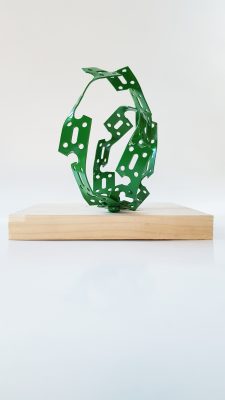
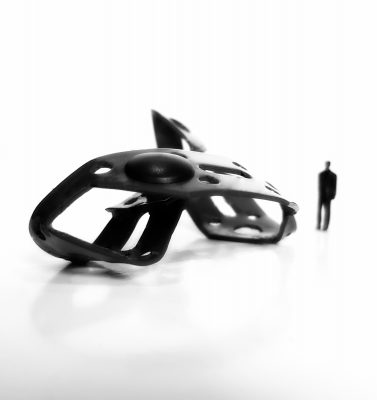

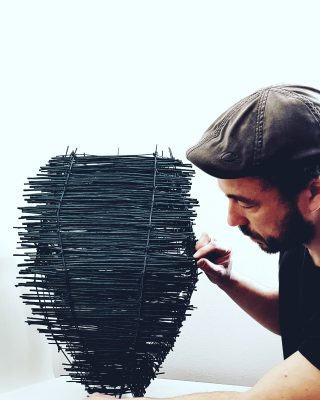
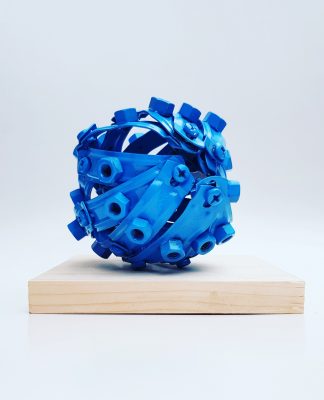
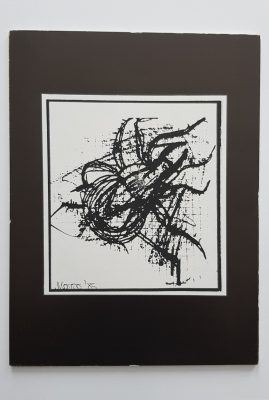
Do you like this artist?
If so, why not write a comment or share it to your social media. Thanks in advance if you can help in this way.